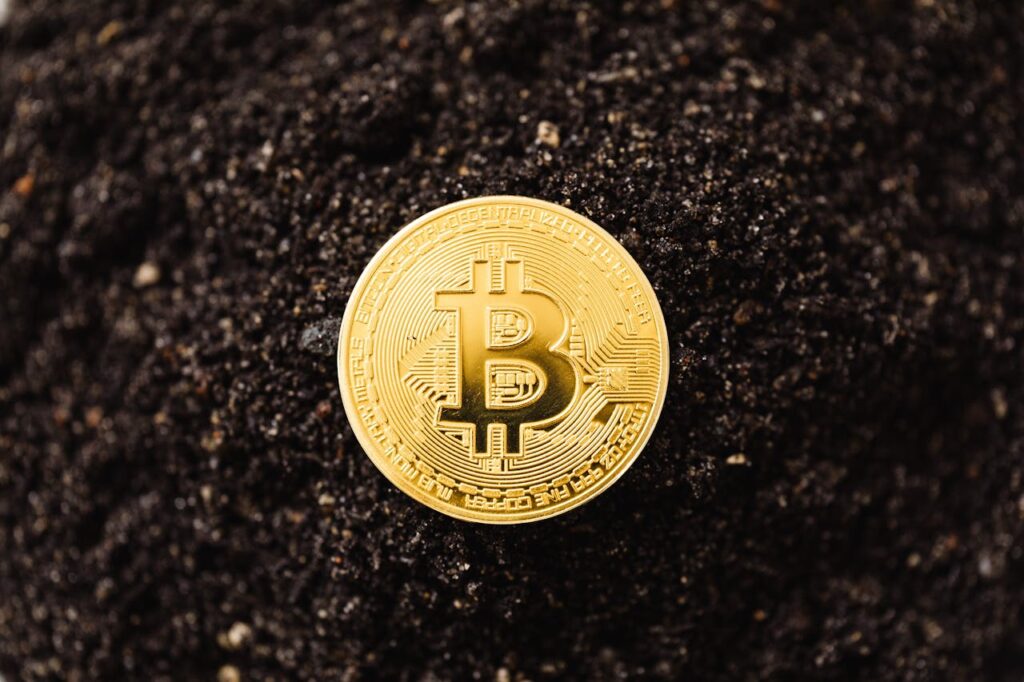
What is Bitcoin Mining and How Does it Work?
In simple terms, Bitcoin mining is the process of creating new Bitcoins by using powerful computers to solve complex mathematical problems. These problems are known as “hashes” and are designed to be difficult to solve, requiring a lot of computing power and energy. The goal of Bitcoin mining is to verify and confirm transactions made on the Bitcoin network.
When a transaction is made, it is broadcasted to the network of miners, who then compete to be the first to solve a mathematical problem associated with the transaction. Once solved, the miner adds the transaction to the blockchain, which is a digital ledger of all Bitcoin transactions.
But why do people mine for Bitcoins, and what’s in it for them? Well, miners are rewarded with a certain number of Bitcoins for each problem they solve. This reward acts as an incentive to continue mining and securing the network. Currently, the reward for each block (a group of transactions) solved is 3.125 Bitcoins.
You may be wondering, “Why are these problems so difficult to solve?” The answer lies in the design of the Bitcoin network. There is a limited supply of Bitcoins, with only 21 million Bitcoins in existence. This scarcity is what gives Bitcoins their value, but it also means that the supply of new Bitcoins is constantly decreasing.
To ensure a steady supply, the difficulty of the mathematical problems increases as more computers and miners join the network. This makes it challenging for anyone to gain control of the network and manipulate it for personal gain.
Another vital aspect of Bitcoin mining is the use of specialized hardware, known as Application-Specific Integrated Circuits (ASICs). These machines are specifically designed for mining Bitcoins and are much more efficient than regular computers. They consume less energy and can solve mathematical problems at a much faster rate, giving miners a competitive edge.
However, this specialized equipment comes with a high cost. Not only do miners have to invest in the hardware, but they also have to bear the expenses of running these machines, such as electricity and cooling costs. As the difficulty of mining increases, the cost of mining also increases, making it harder for individuals to generate a profit from mining. Moreover, the energy consumption associated with Bitcoin mining has raised concerns about its impact on the environment.
The electricity used to power Bitcoin mining operations is estimated to be equivalent to the energy consumption of entire countries, such as Argentina and Switzerland. This has raised questions about the sustainability of Bitcoin mining and the need for more environmentally-friendly alternatives. Despite its challenges, Bitcoin mining plays a crucial role in keeping the Bitcoin network secure and functional. Without miners, new transactions would not be recorded, and the network would be vulnerable to attacks.
In this way, mining ensures the integrity and decentralized nature of the Bitcoin network. In conclusion, Bitcoin mining is a complex and crucial process that drives the creation and security of the world’s most popular cryptocurrency. While it has its challenges, such as environmental concerns and high costs, it remains an integral aspect of the Bitcoin ecosystem.
